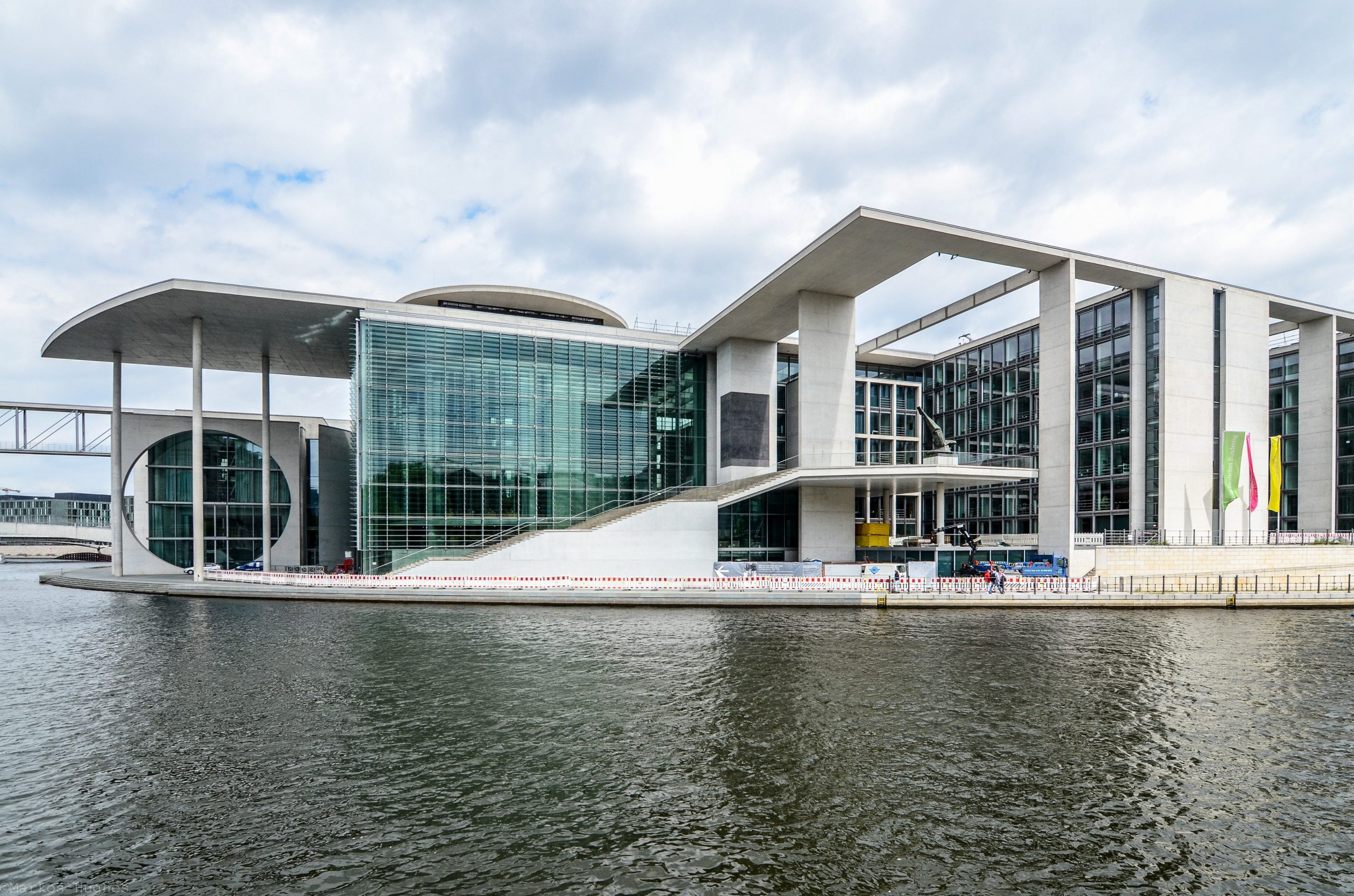Ranging right from societal existence to its functions, technology has touched almost everything and changed them for the good. Within just a few decades, we see the flipped version of the existence. And it has also done the same to architecture and the way we design things. Let’s see how technology has impacted modern architecture.
3D Printing Machines
It is often heard that 3D printing machines are used for small machine part designs. But what is unknown is their application in making larger structures. From creating bridges, buildings, or complexes, 3D helps architects a lot. With it being fast and inexpensive, strong structures can be erected.
Digital Sketchbooks
Architecture sketchbooks have long replaced themselves from clunky, graphite-covered to digital ones. Without occupying many spaces on the shelves, you can now easily save, display, and recall any number of designs you made. Showing designs to clients has become more convenient and simpler.
Smart Technology
Smart technology has become a basic demand of clients these days. Better technology to improve security, comfort, and efficiency has become a priority for everyone. HVAC systems, smart lighting systems, and security systems are found mostly in every second commercial design we witness. More architects are coming forward to integrate these ideas into their designs to keep up with the design demands. Integrating older structures with technology becomes difficult while refurbishments and hence the buildings today are made keeping the provision of technology inclusion in mind.
Predictive Software
Buildings today are made in an ecologically sustainable way and any change in the surrounding environment is going to affect how the buildings function and perform. Newer software help the architects know beforehand the position and condition of the environment for them to design the complexes likewise. This also helps the creation of much more durable and flexible designs known to last longer.
Virtual Reality
Previously, the 3D models prepared had to be rendered in 2D for the clients to view. Questions arose on the efficacy of the designs. Today, virtual reality helps the architects to provide a real-time tour of their models, having them have a first-hand experience.
Photo-Realistic Rendering
This technology has changed the vision of architects. They are now able to create ultra-realistic images of yet inexistent buildings. This also gives them an opportunity for a better presentation.
Architecte usine Stendel Reich uses all of the above technology to bring forth ideas that instantly capture your mind and leave a considerable impact.

